Exploration of An Ecosystem That Most People Will Never See
CWF Vernal Pool Walks Connect New Jersey Residents with Rare, Seasonal Marvel
by Lindsay McNamara, Communications Manager
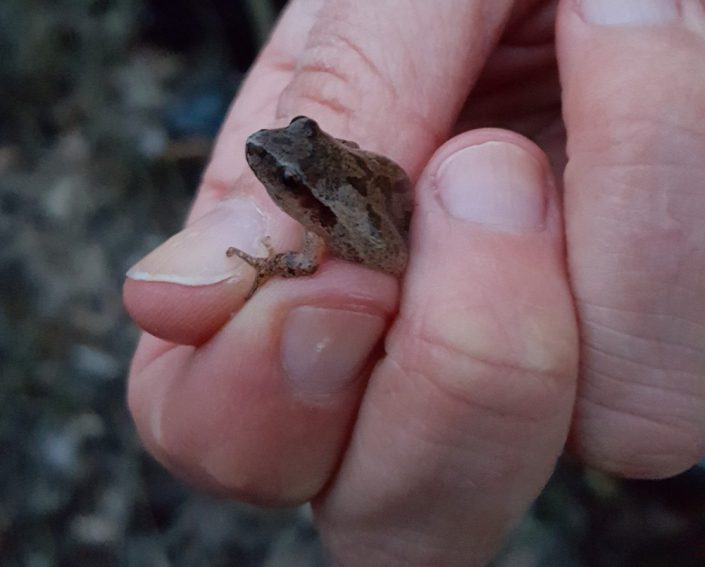
We all know that “April showers bring May flowers,” but the earlier rains of March stir up beauties of a different kind. When the first spring raindrops hit the barely-thawed ground and night falls on the forest, frogs, salamanders, and toads emerge from their winter burrows. These amphibians – the spotted salamanders, wood frogs, spring peepers, and others – are anxious to get to their breeding pools and lay their eggs. The waters that they choose are called vernal pools because they fill with rainwater, snowmelt, and rising groundwater in early spring but then dry up as summer advances. The pools are thus temporary and cannot support fish, meaning fewer predators for the amphibian eggs and young.
In the northeastern United States, vernal pools are home to over 500 species. In New Jersey, these pools are critical habitat for amphibians, reptiles, invertebrates, migratory waterfowl, raptors, and songbirds. All 14 of New Jersey’s frog species use vernal pools to breed and two endangered salamander species breed exclusively in vernal pools, including Cape May’s eastern tiger salamander.
The new generation of amphibians must race to complete metamorphosis and leave the vernal pool before the water does. Under perfect conditions of warm, thawing, nighttime rains, there may be hundreds or even thousands of amphibians moving at once toward the same breeding pool. The darkness and the rain allow them to move stealthily over the landscape, hidden from predators like the owl and raccoon.
CWF’s Kelly Triece organized a series of walks through the vernal pools of Waterloo Village in Sussex County, New Jersey, and showed residents the unexpected creatures swimming in the pool’s shallow waters. Kelly led the exploration of an ecosystem that most people will never see! Participants listened to the songs of Spring Peepers and discovered salamander eggs, fairy shrimp, and other unique creatures as the evenings set in. Here are photos from her walks:

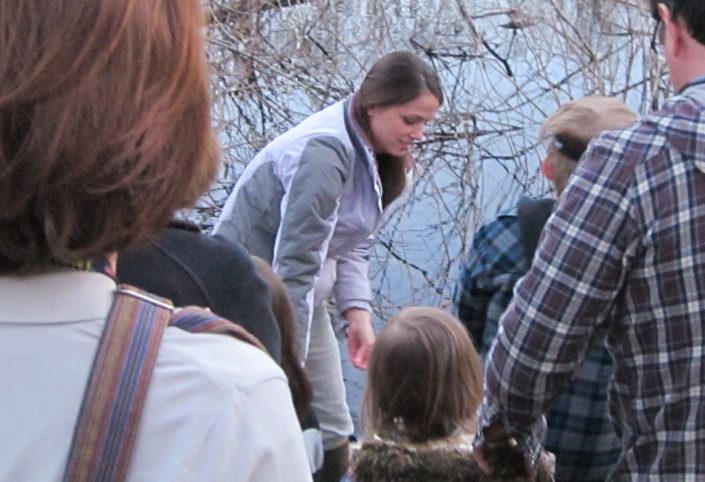
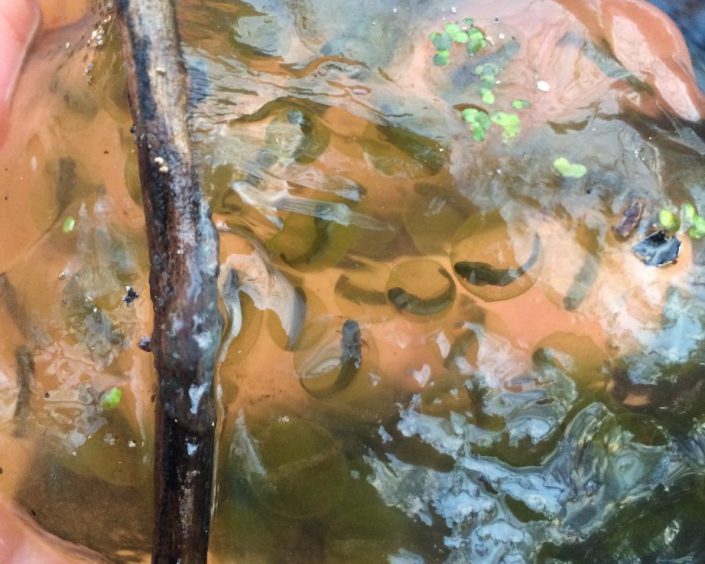
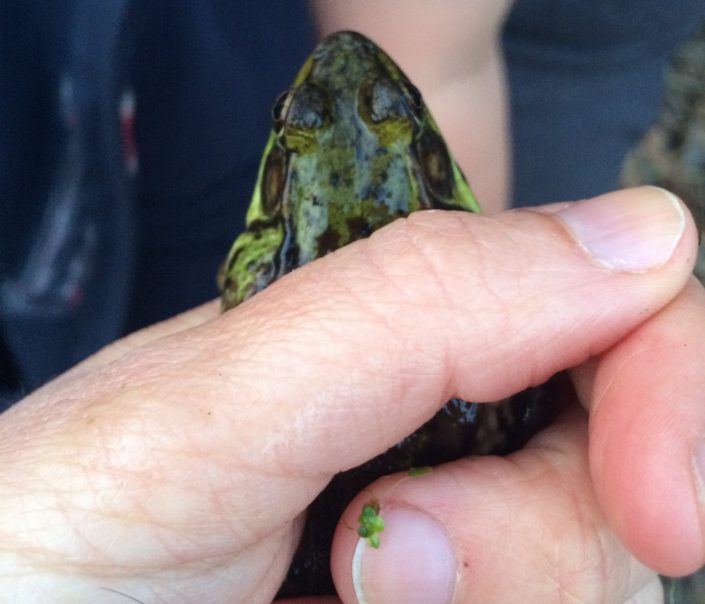
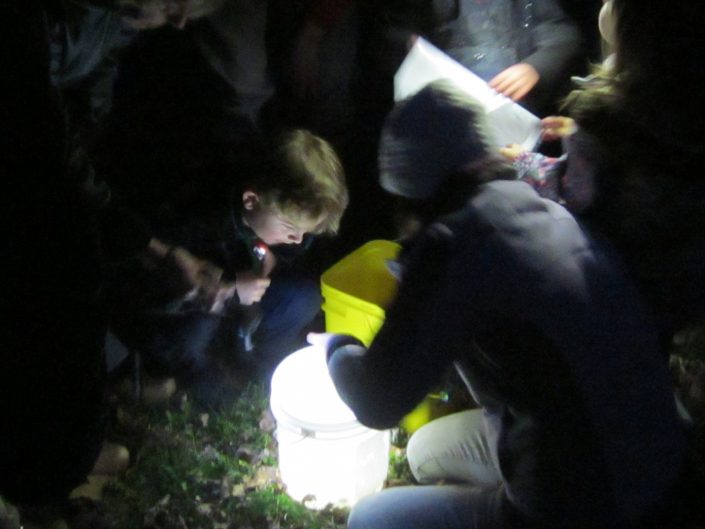
Learn More:
- Conserve Wildlife Foundation’s Amphibian Crossing Project
- Conserve Wildlife Foundation’s Calling Amphibian Monitoring Project (CAMP)
- Amphibian Conservation
Lindsay McNamara is the Communications Manager for Conserve Wildlife Foundation of New Jersey.